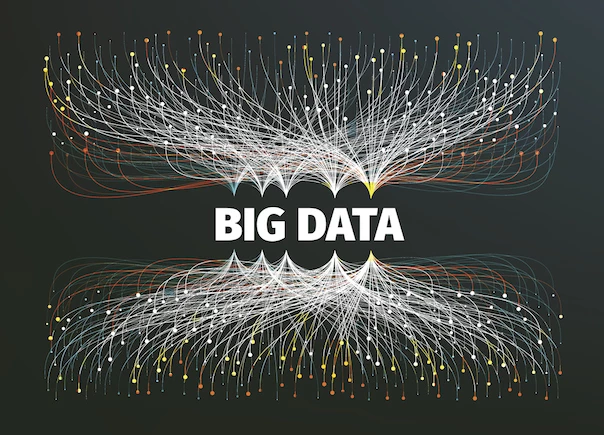
Partner Article
Organisations with outdated, inflexible IT infrastructure risk being left behind in the Big Data revolution
According to a report by IDC, the increase in data generated by connected devices, sensors and other technologies will see worldwide revenues generated by Big Data and analytics increase from $130 billion in 2016 to over $203 billion by 2020. However, according to TmaxSoft, organisations risk losing the chance to profit from this windfall if they do not arm themselves with the IT infrastructure necessary to adapt to the Big Data revolution.
Enterprises know that the immense amount of data they accumulate contains extremely valuable insights about their business operations and customers. Businesses that leverage these insights most successfully are likely to gain a significant advantage over their competitors to deliver improved products and services. However, utilising Big Data is not without its challenges and many organisations do not have the storage capacity, data sharing processes and the tools and applications within their legacy IT infrastructure to process and analyse this vast quantity of unstructured data to produce actionable insights.
In addition, the processing power required to analyse the rising quantity of data may have significant cost implications on an organisation’s legacy IT infrastructure, requiring additional resources for maintenance that may otherwise have been used to develop new applications and services.
According to Carl Davies, CEO of TmaxSoft UK, these factors mean that organisations stuck on legacy infrastructures will either be locked out of the Big Data revolution altogether, or will have to pay over-the-odds to join it.
Davies commented: “Data has become the key battleground in business today and those organisations that can harness and analyse the increasingly-vast data sets at their disposal are fast winning the race for competitive advantage. Big Data has instituted among many enterprises an urgency to collect, analyse, and store data, both structured and unstructured. But to get there, first you need a plan and the right tools to streamline the process. All too often, businesses hoping to gain real value from their data are prevented from doing so by legacy databases that lack the functionality and scalability needed to do so and are being locked out of the Big Data revolution as a result.
“Every organisation knows that it must maximise the value it leverages from its data if it is to survive and thrive in the era of digital disruption. Enterprises will need a strategy which considers data sources for extraction, data lifecycles, compatibility between different relational database management solutions (RDBMS), and scalable storage, among many other things.”
“TmaxSoft’s RDBMS, Tibero, is designed to fulfil these requirements. Tibero bridges the gap between legacy relational databases and the new paradigm of running workloads in virtualised data centres and the cloud, allowing enterprises to fully leverage their investment by embracing a simple, true utilisation licensing model. This flexibility enables IT teams to drive Big Data analytics initiatives forward, without being weighed down by unnecessary costs and complexity. Enterprise databases should ultimately be the IT bedrock that enables innovation, not a burden that takes time away from it,” he concluded.
This was posted in Bdaily's Members' News section by Fergus Lynch .








 Navigating the property investment market
Navigating the property investment market
 Have stock markets peaked? Tune out the noise
Have stock markets peaked? Tune out the noise
 Will the Employment Rights Bill cost too much?
Will the Employment Rights Bill cost too much?
 A game-changing move for digital-first innovators
A game-changing move for digital-first innovators
 Confidence the missing ingredient for growth
Confidence the missing ingredient for growth
 Global event supercharges North East screen sector
Global event supercharges North East screen sector
 Is construction critical to Government growth plan?
Is construction critical to Government growth plan?
 Manufacturing needs context, not more software
Manufacturing needs context, not more software
 Harnessing AI and delivering social value
Harnessing AI and delivering social value
 Unlocking the North East’s collective potential
Unlocking the North East’s collective potential
 How specialist support can help your scale-up journey
How specialist support can help your scale-up journey
 The changing shape of the rental landscape
The changing shape of the rental landscape